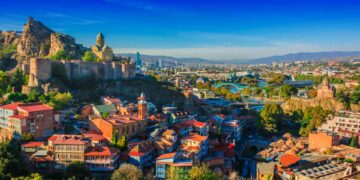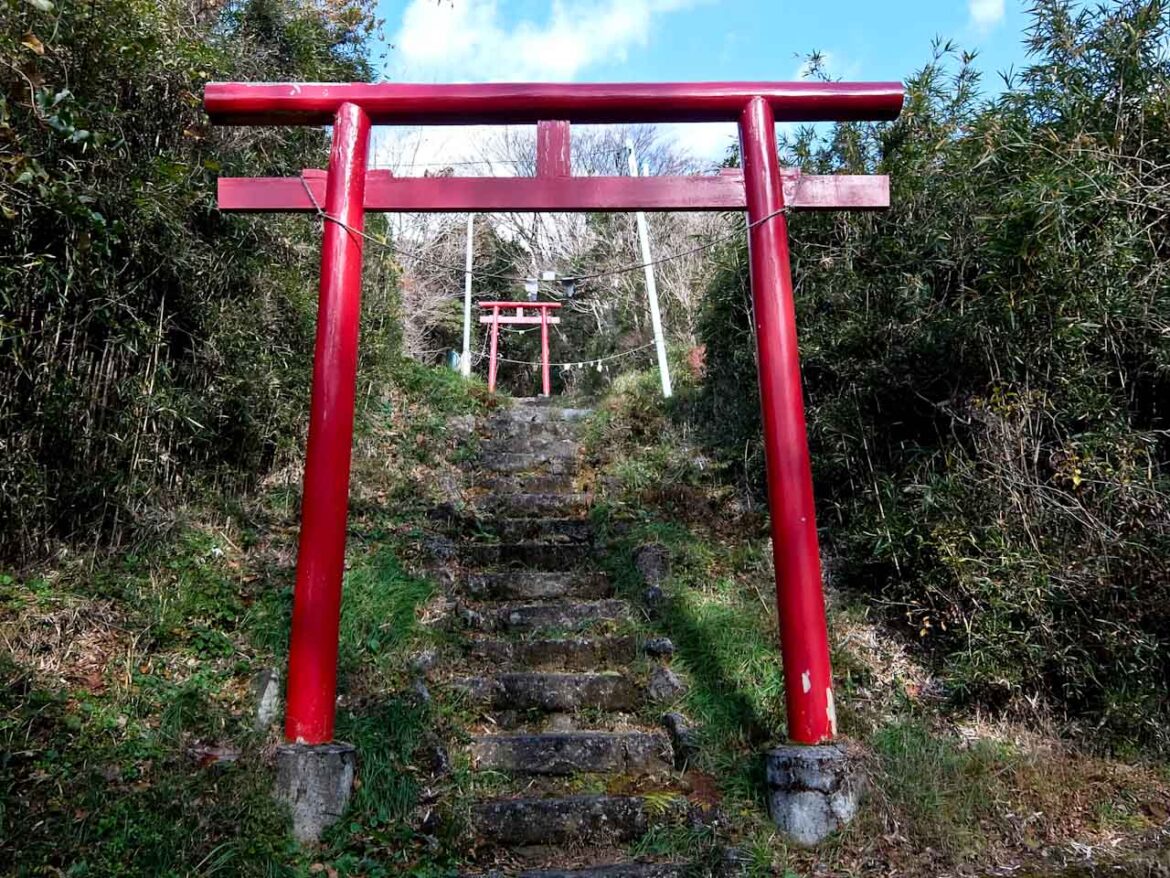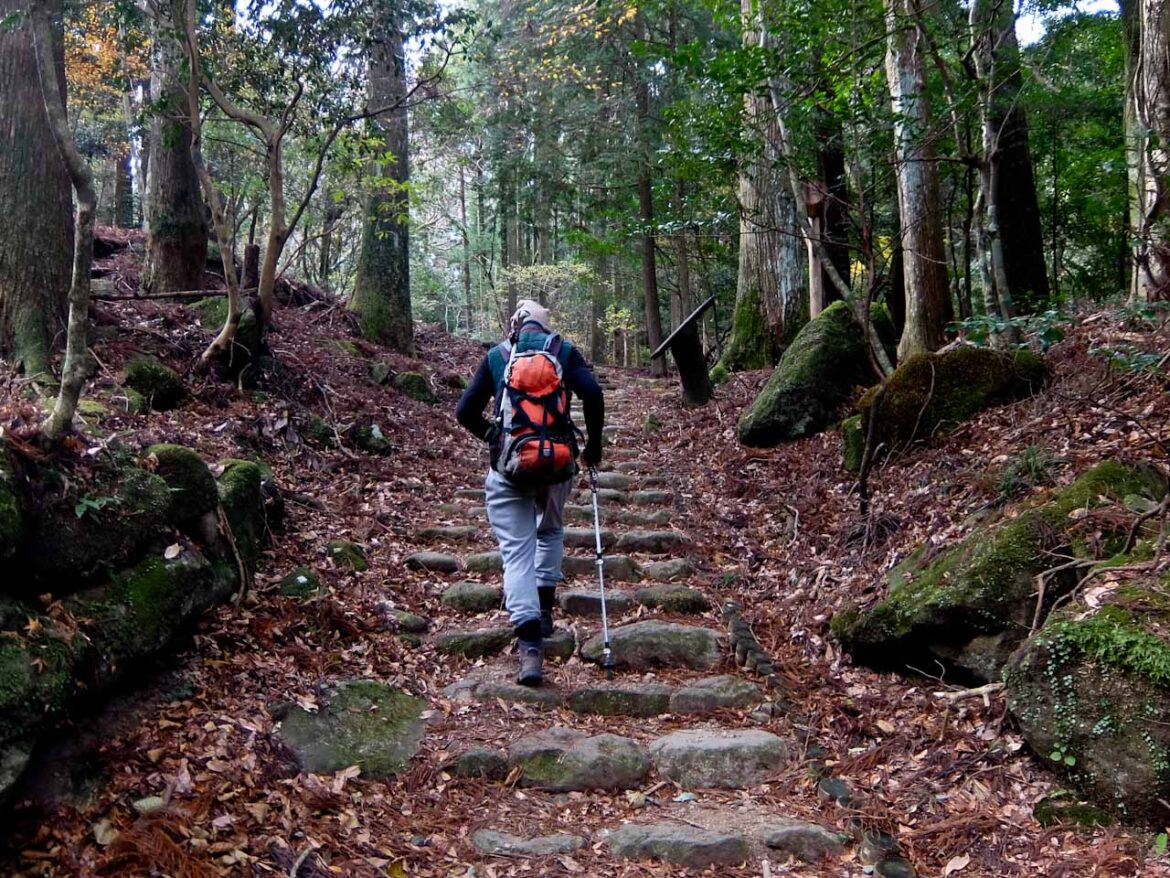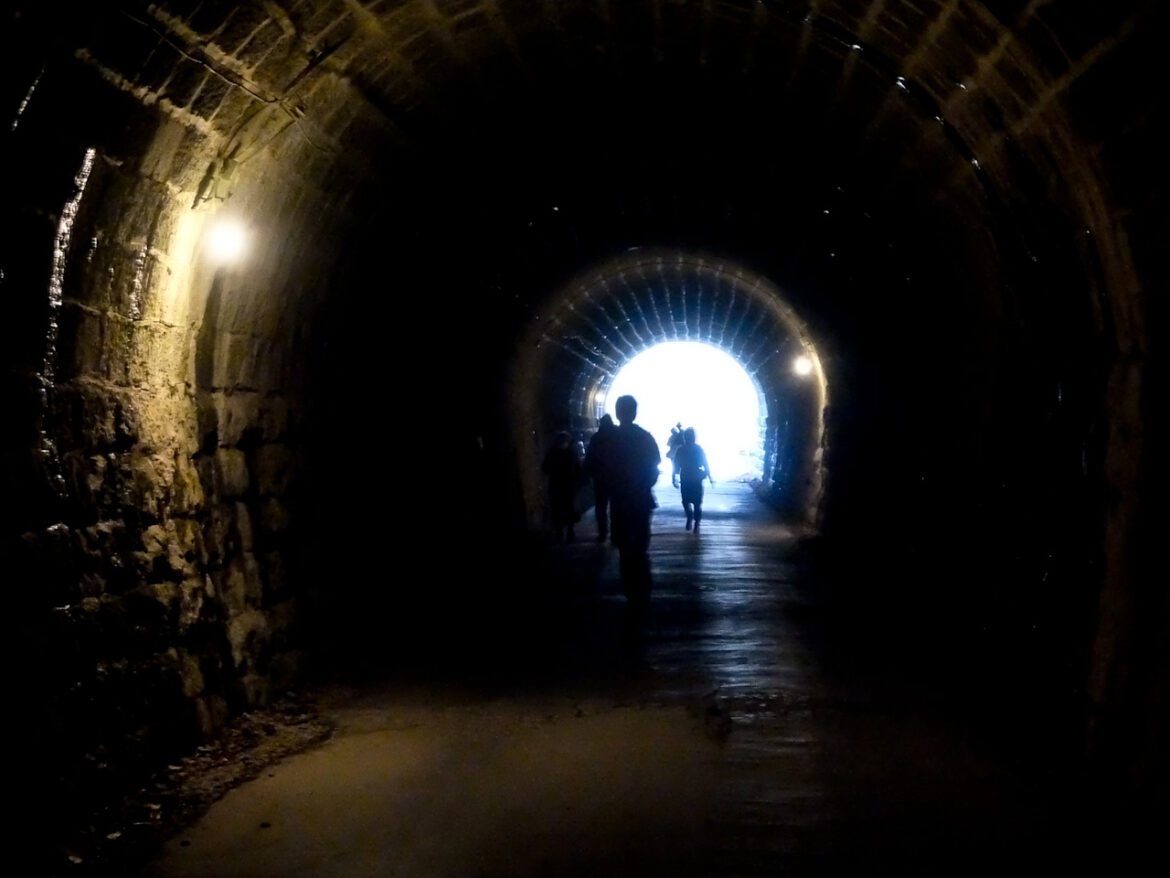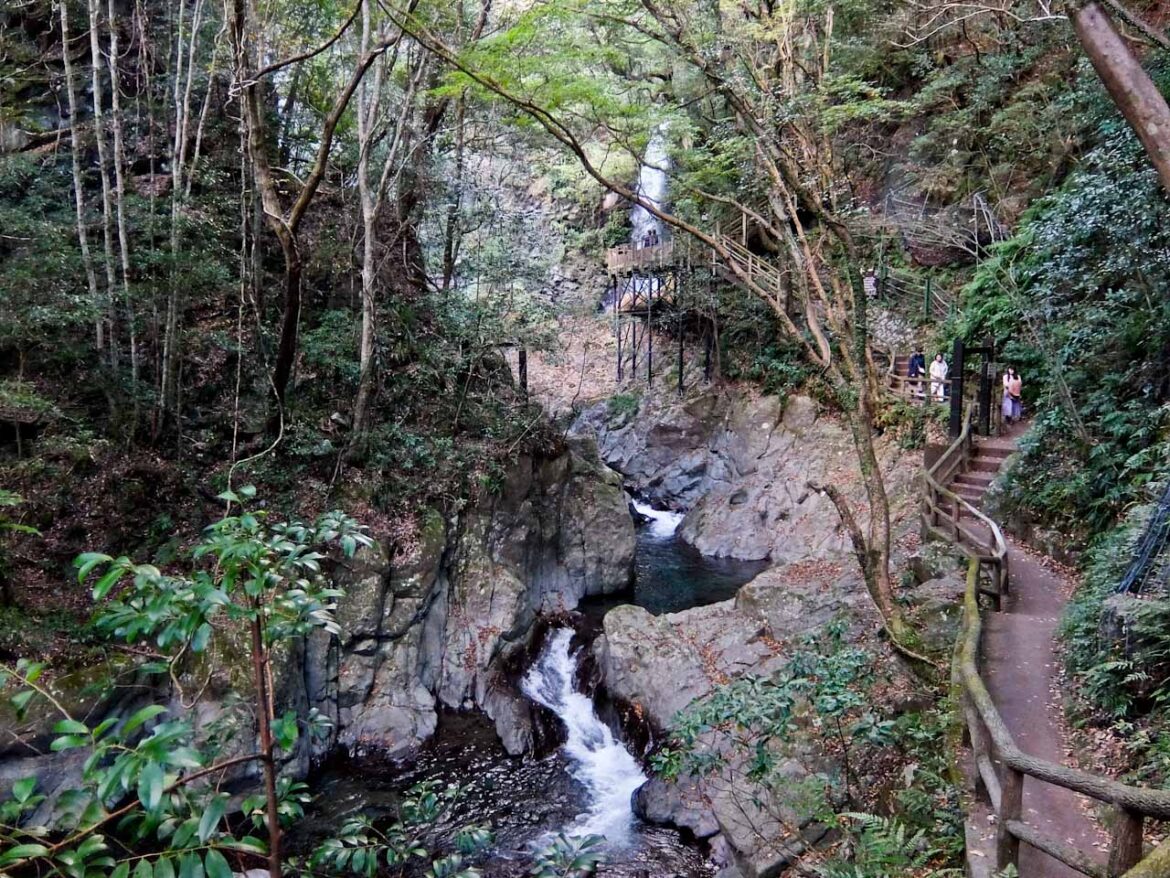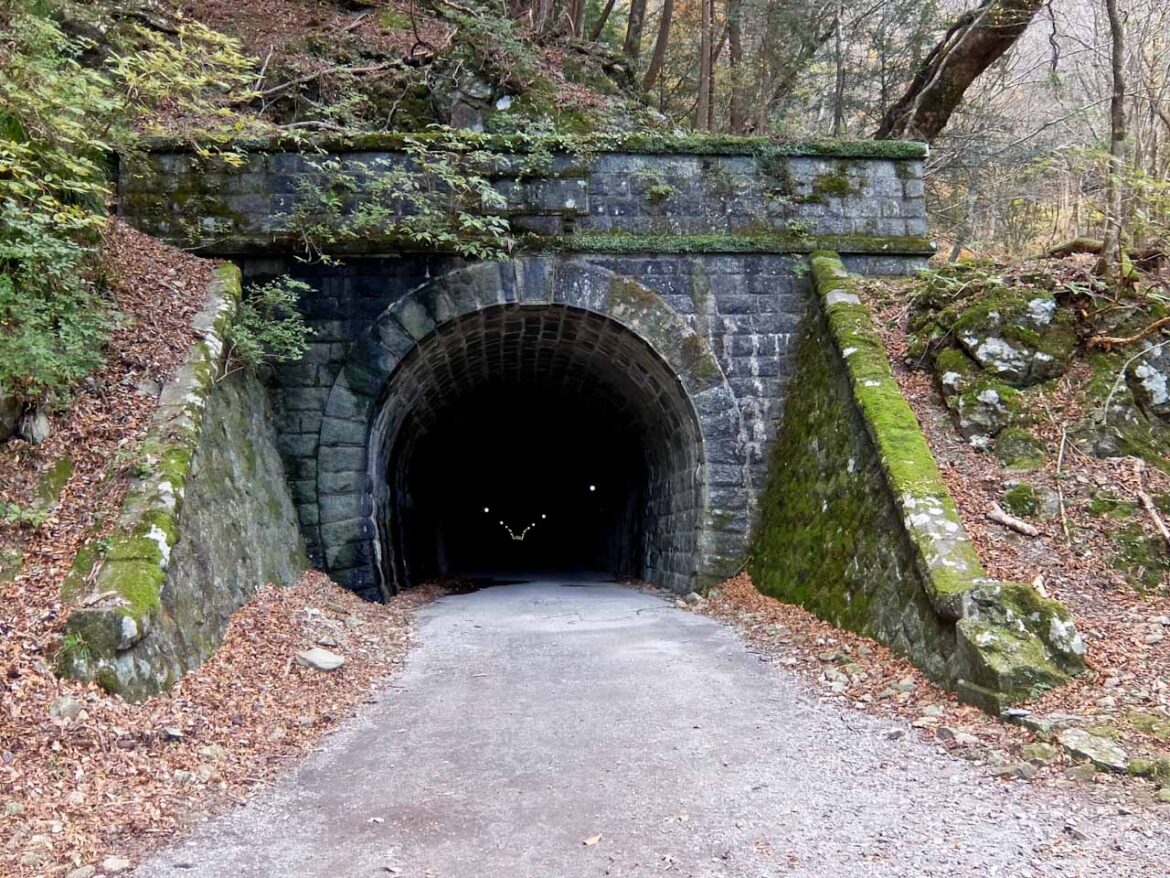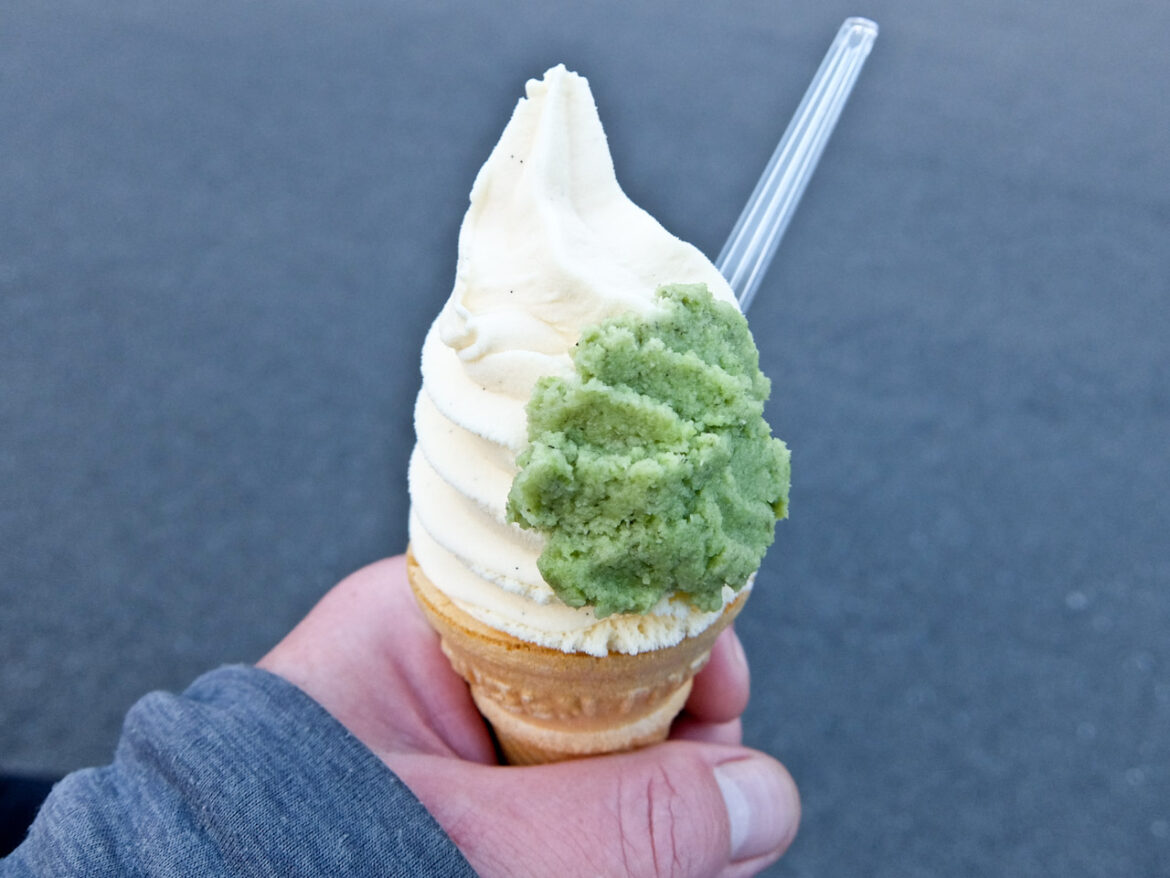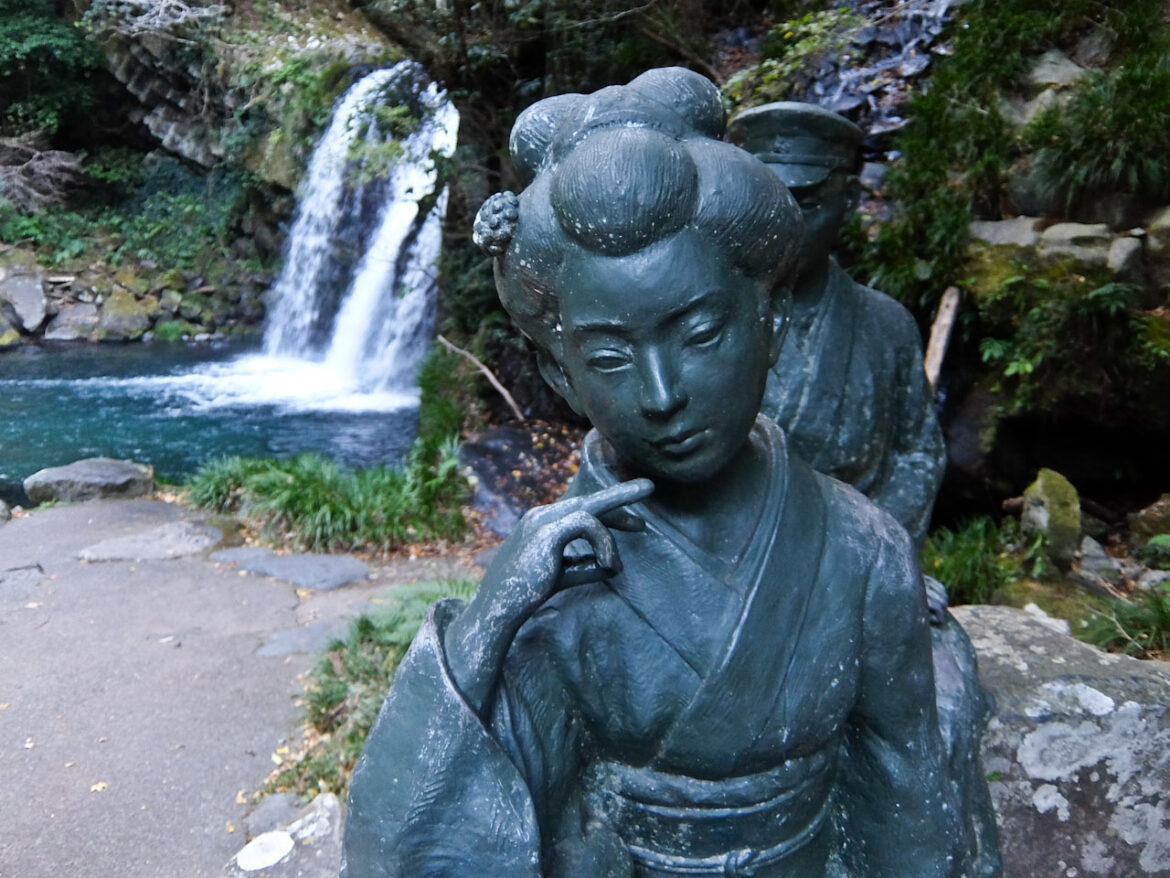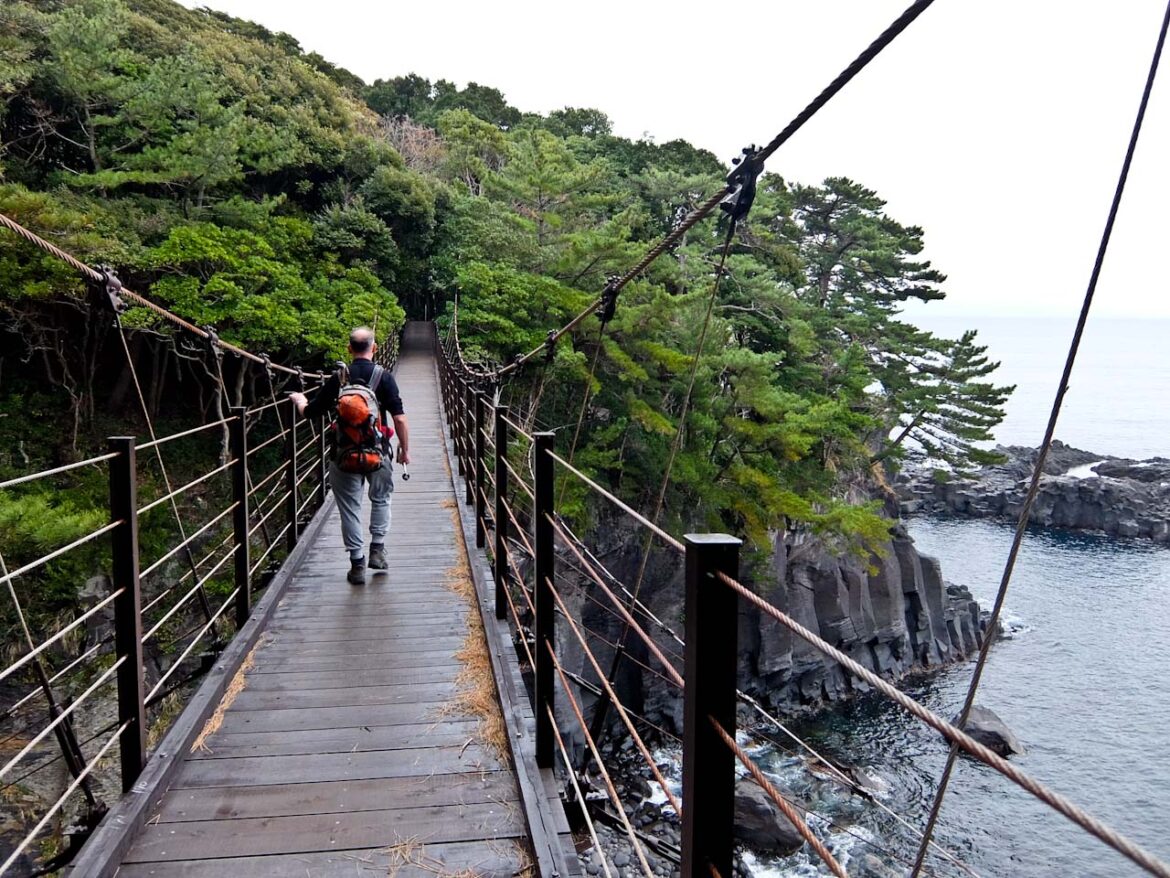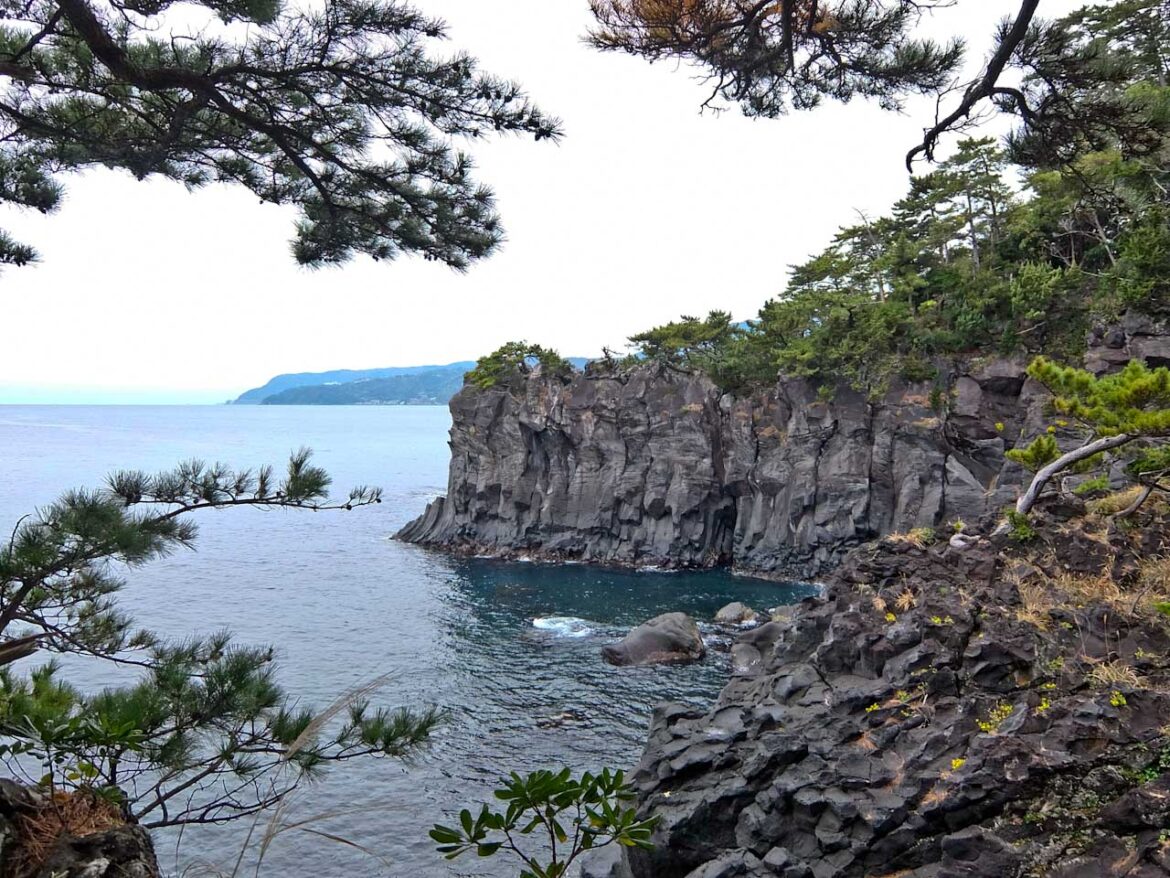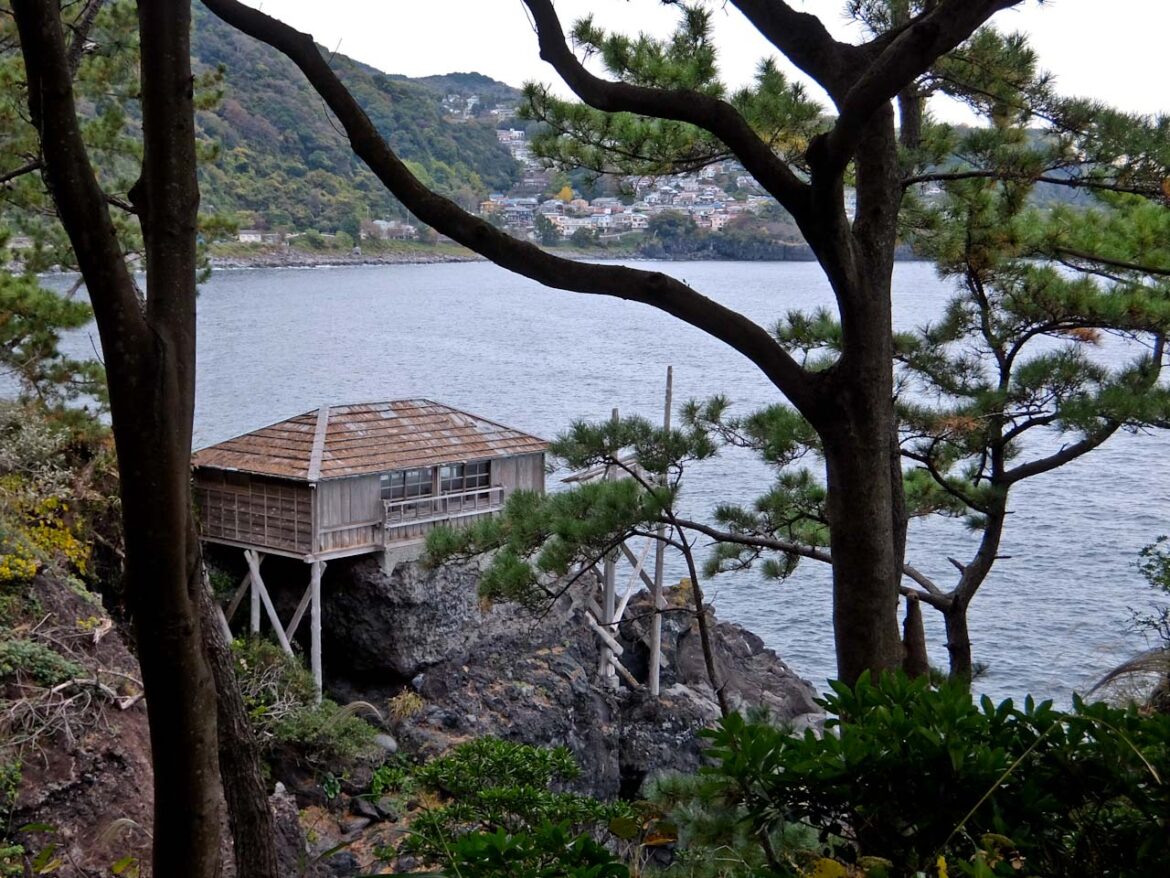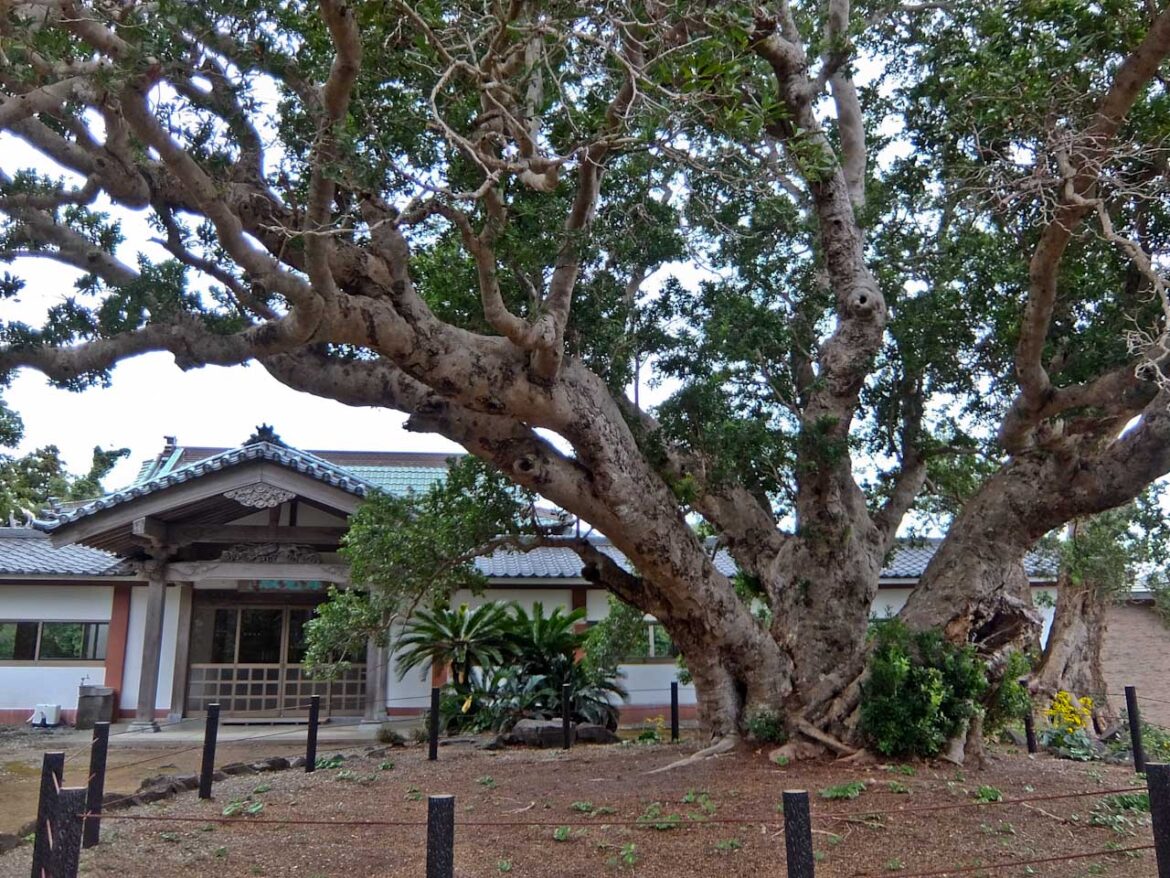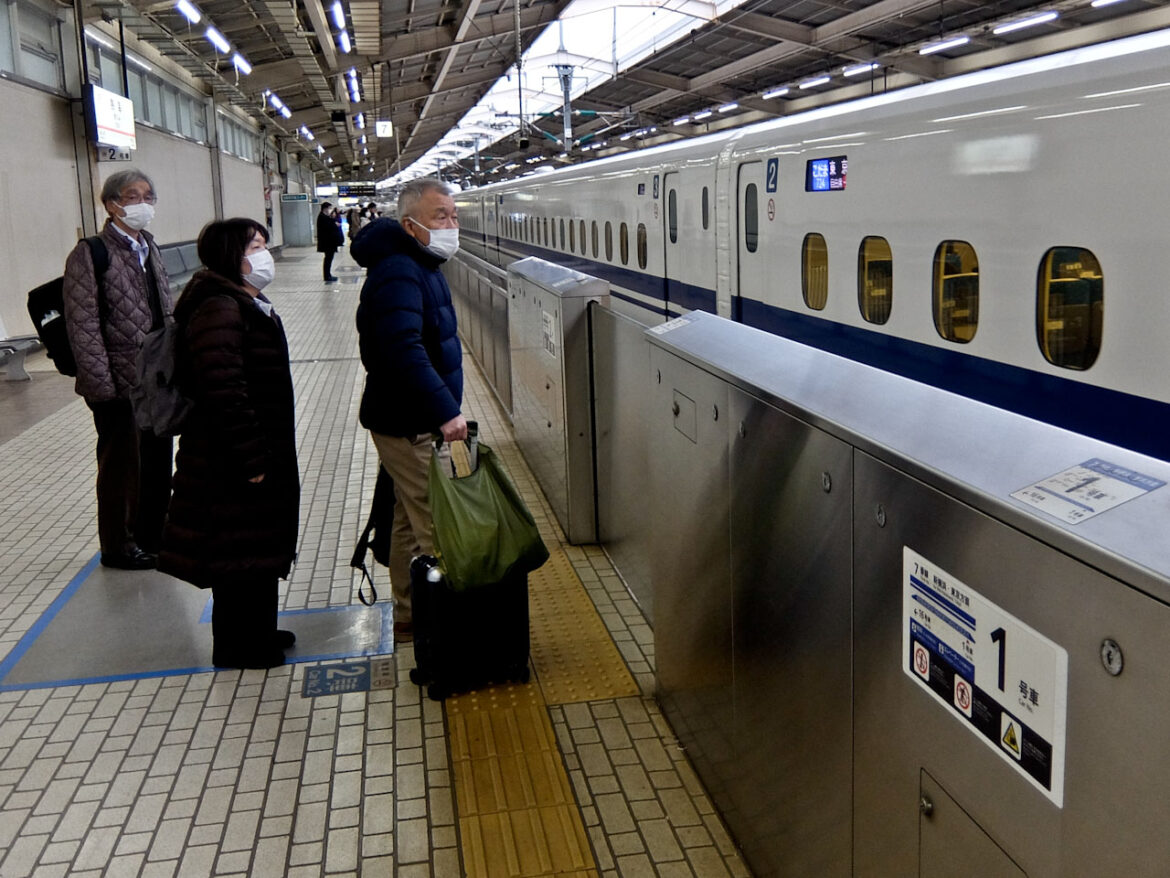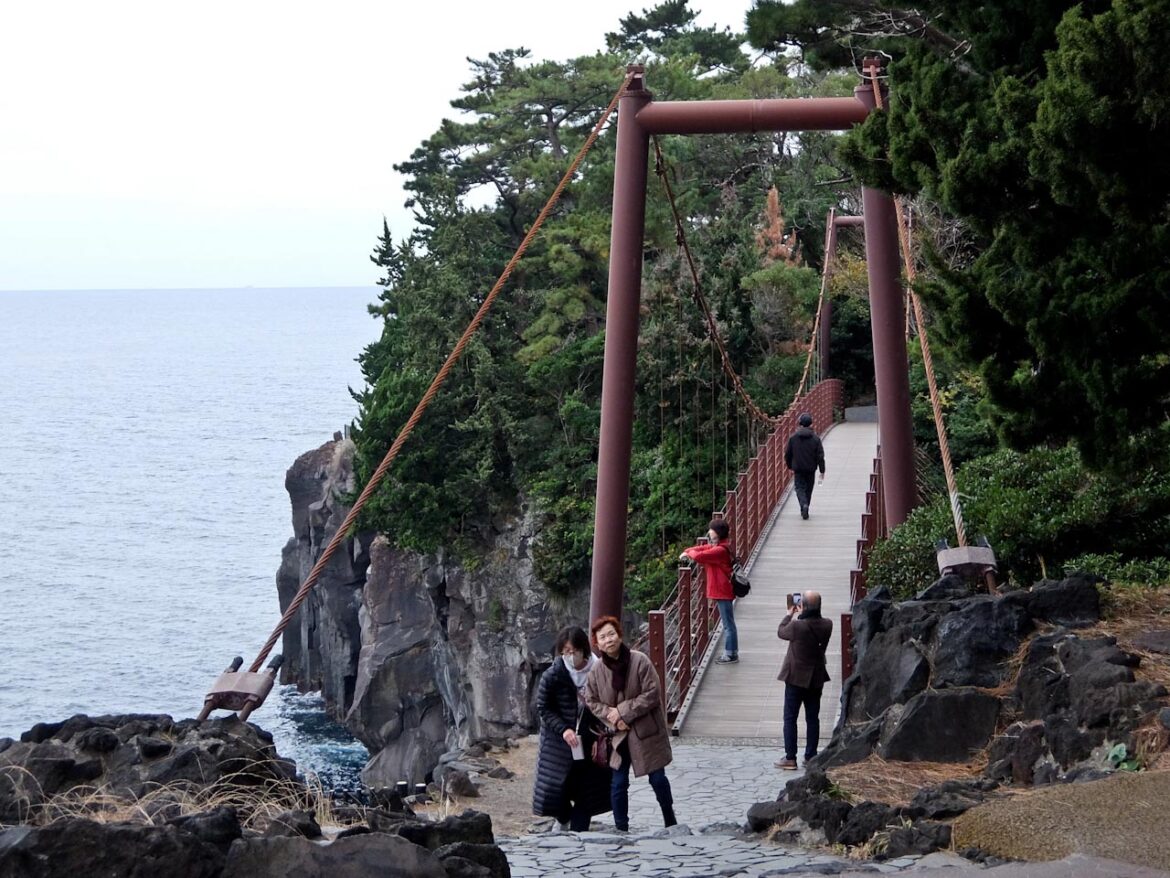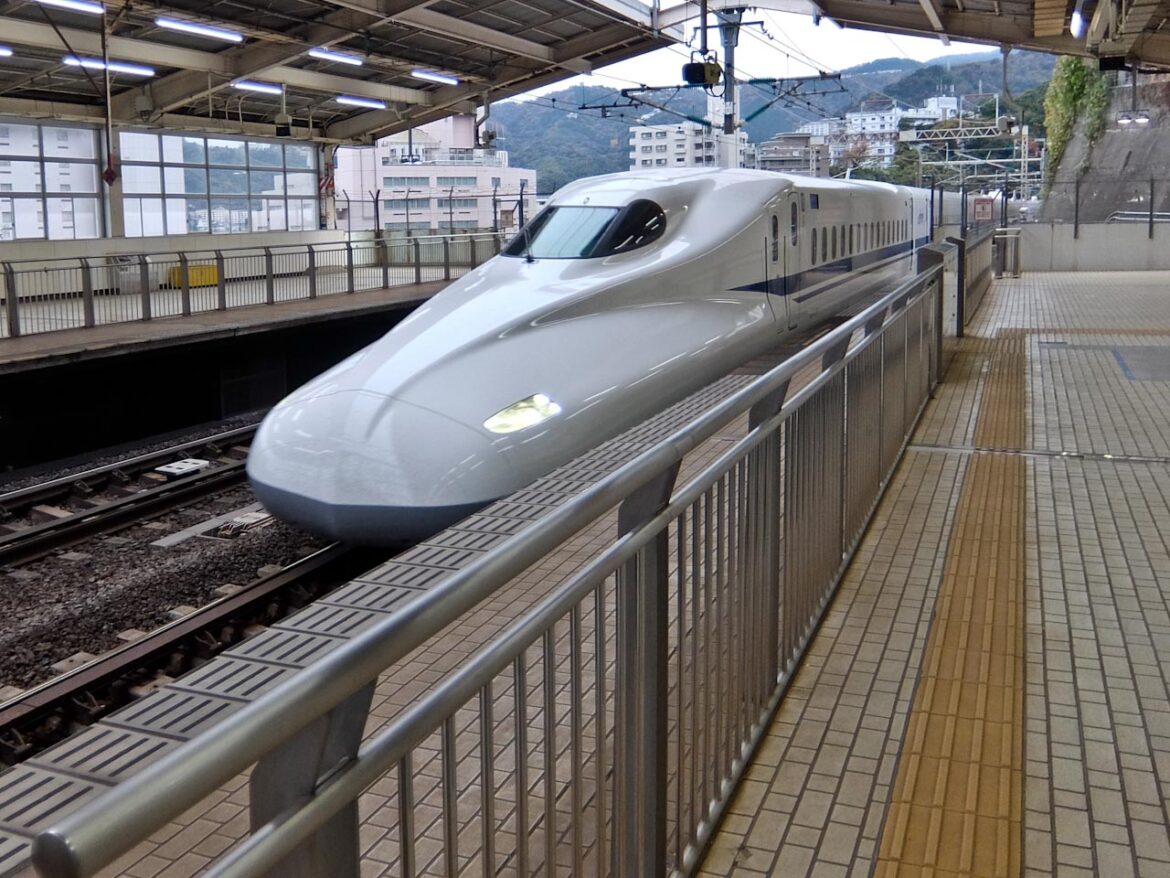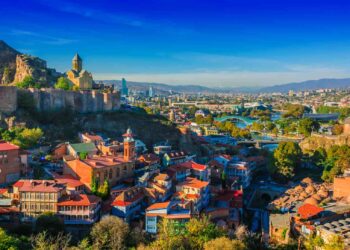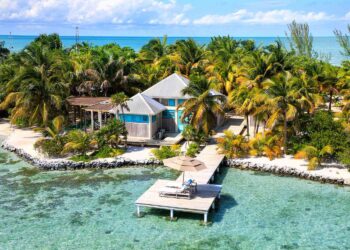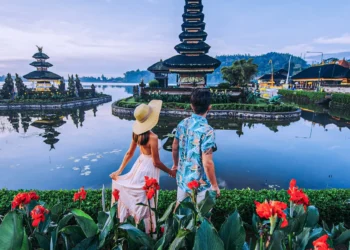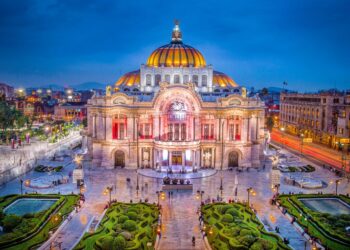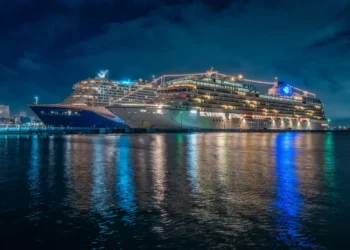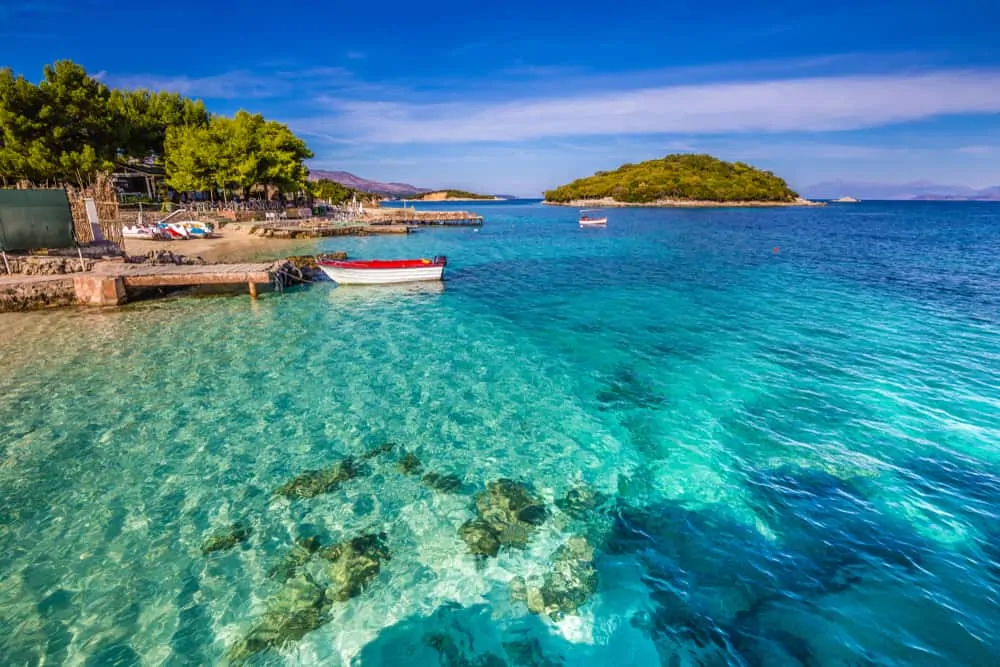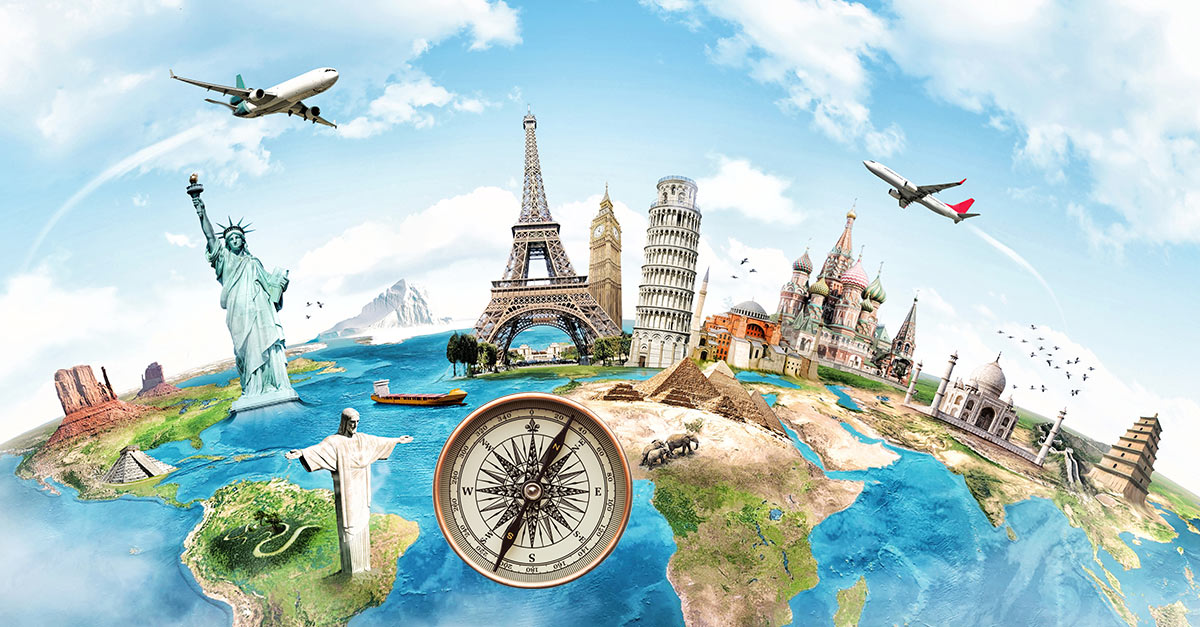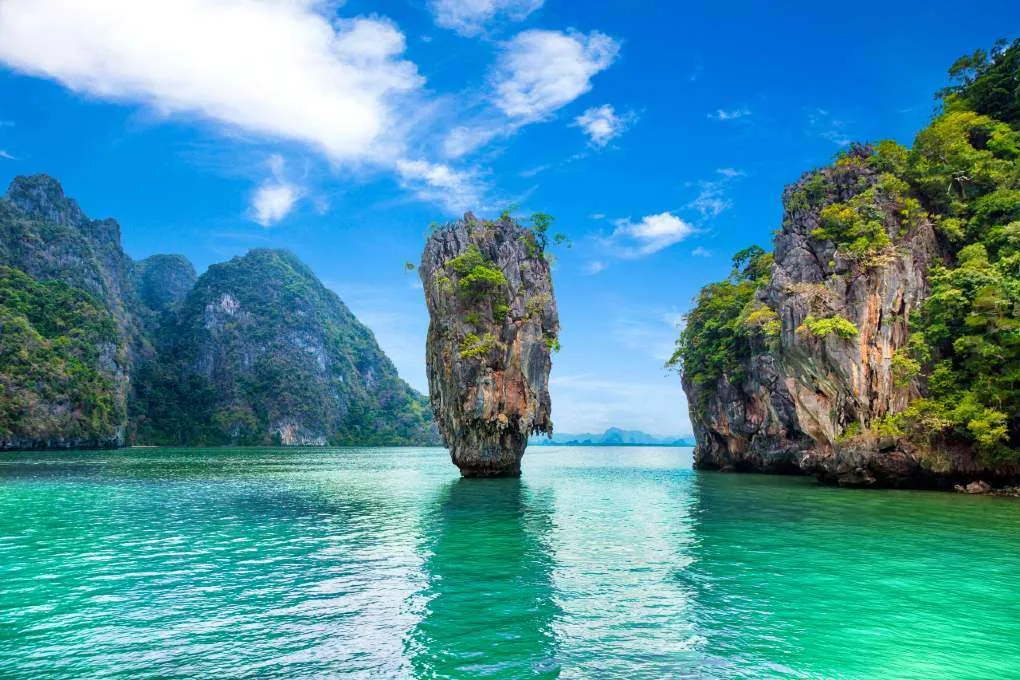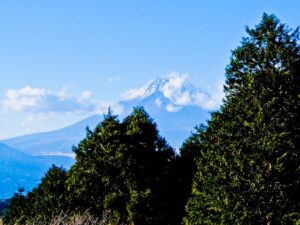
A mere hour away from Tokyo via the high-speed bullet train, Shizuoka prefecture unfolds its allure, dominated by the iconic Mount Fuji. Within its borders lies a breathtaking natural panorama encompassing coastlines, mountains, and lakes, featuring the enchanting Izu Peninsula often referred to as “Japan’s Riviera.” Recognized for its geological significance, the Izu Peninsula attained UNESCO’s Global Geopark designation in 2018, adding to Shizuoka’s array of natural wonders.
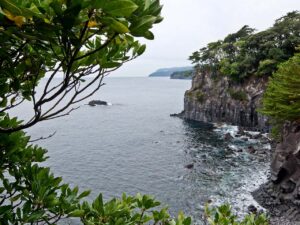
The region is steeped in history, has a huge choice of traditional Ryokan inns and Onsen hot springs, and is also a gourmet paradise. Its natural environment produces some of the country’s best food and drink, from green tea and wasabi to fresh seafood. Hiking the ancient roads is the best way to get to know this part of Japan.
Day 1 Hakone Hachiri 10km
For over 500 years the Tokaido highway linked Edo (Tokyo) with the former capitals of Kyoto and Osaka and most journeys were made on foot. Much of it has been replaced by modern roads but one 32km section, the Hakone Hachiri, between Odawara and Mishima, has been preserved. We take the bullet train to Odowara and then a local bus to Motohakone, our starting point halfway up Mount Hakone
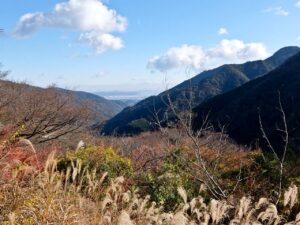
The trail is paved with large round flat stones, and climbs up into the forest through fiery red and yellow autumn colours. The first stop is at the Amasake-chaya Tea House, where the same family has been serving travellers for 400 years. The traditional wooden interior is unchanged and you take off your shoes and sit crossed legged on the tatami mats. The menu has also stayed the same with Amasake, (sweet non-alcoholic sake) served with Chikara-mochi, (rice cakes).
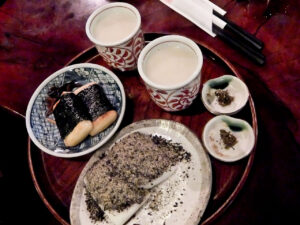
We continue upwards to the Hakone crater rim, though avenues of tall cedars, and look down onto Lake Ashi, a crater lake over 6km long, formed over 3000 years ago. Replica wooden pirate ships, reminiscent of Japan’s feudal era, ferry passengers across the tranquil waters, gazing at Mount Fuji reflected in the waters. Many people come here to bathe in the numerous onsen (hot springs) but we press on climbing up to the crater rim on the other side.
They’re all impressive and they seem to get better the farther you go. At the bottom is the 30m Odaru and there’s a hot spring resort at its foot. The reward for the adventure is ice cream with fresh grated wasabi – guaranteed to take your breath away, or at least make you sneeze. From here we take a bus to the Yumigahama on the coast where we overnight.
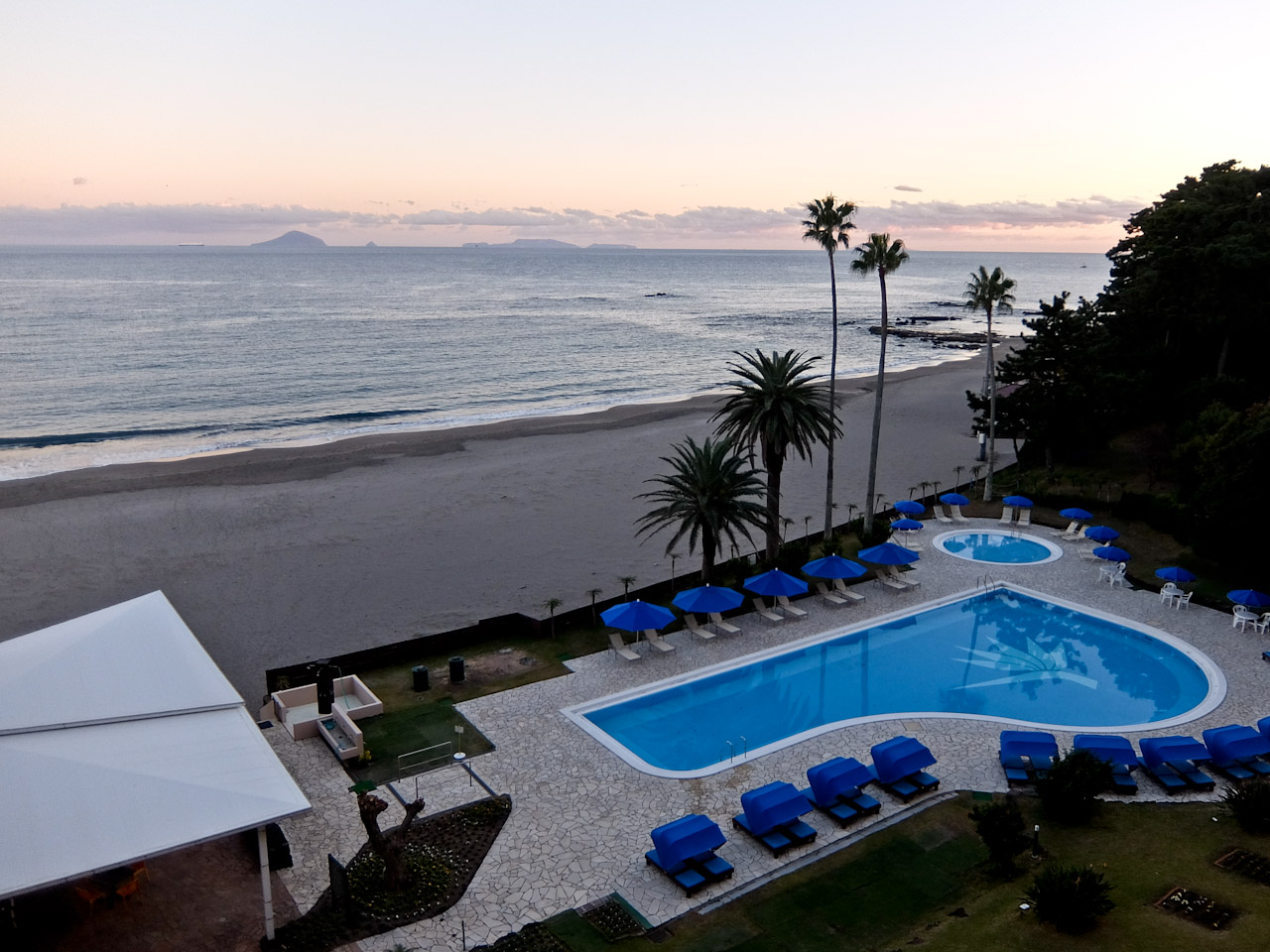
Day 3 Jogasaki Coastal Trail 10km
Next day we take the train north to Izugeni on the scenic east coast of Izu Peninsula, It’s a short easy descent to the sea at Yawatano fishing port before continuing along the coast. The cliff face is lined with volcanic tubular columns and the trail leads over these ancient lava flows. We cross a deep fissure on the Hashidate Suspension Bridge past isolated coves buffeted by waves breaking on the black rocks
After a series of ups and downs we arrive at the Renchakuji Temple, founded over a thousand years ago and sitting amidst lush greenery. It’s a repository of cultural and historical treasures that narrate the temple’s rich history and the cultural evolution of the region. In the grounds, the huge Wax Myrtle tree is the oldest in Japan and dates from the founding of the temple.
Just beyond is the white Kadowaki Cape Lighthouse, built in the 19th century to warn sailors of the treacherous rocks below. We climb to the top for a wonderful panorama of the coastline and the Pacific stretching out forever. The final stretch takes us across the 48m Kadowaki Suspension Bridge, swaying in the wind, 23m above the ocean. Faint hearted Japanese consider this something of a thrill and it’s a fitting end to our hike. We make our way inland to Izu-Kōgen Station and connect to the bullet train back to Tokyo.
















